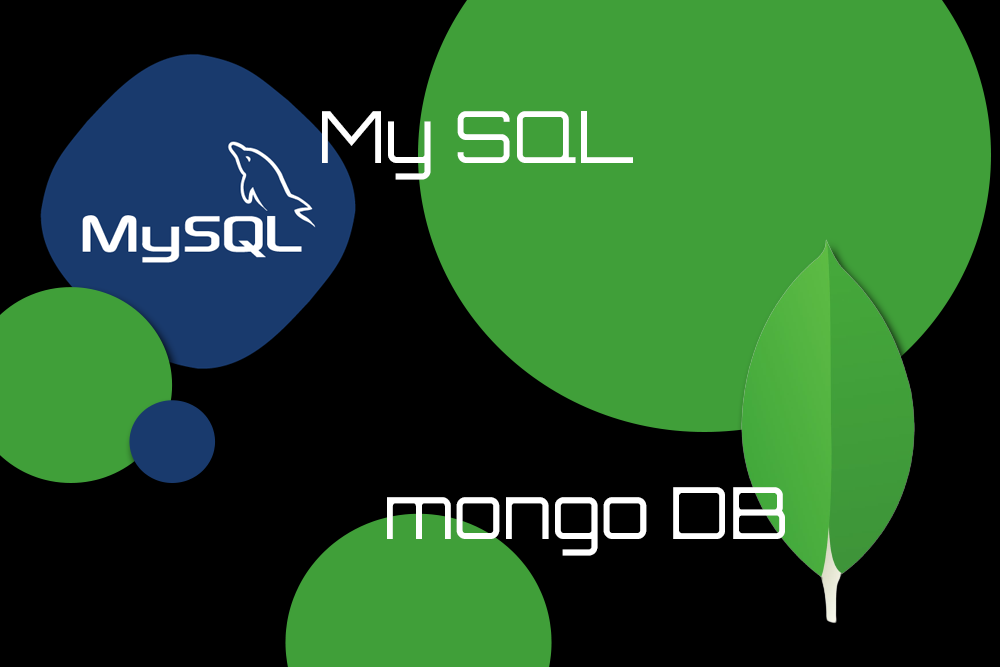MySQL
MySQL is a popular open source relational database management system.
MySQL is one of the most popular and most widely used relational databases in the world. It was created by Swedish company MySQL AB and became a part of Oracle Corporation as part of the acquisition in 2008. MySQL was originally written in 1994 by its founder, Michael Widenius, with the help of David Axmark, Allan Larsson, and Ian Barwick. It has been changing and it now offers enterprise-level capabilities like availability, scalability, and security.
Popular use cases: MySQL is commonly used as a data retrieval or storage mechanism for web applications that do not require complex querying capability and transactions.
Use of MySQL
One of the benefits of using MySQL over other Database tools is its simplicity. The user interface allows users to easily interact with data and quickly create and modify queries to access that data. It doesn’t take long for a competent user to be able to get up-and running with MySQL.
Disadvantages of MySQL
There are also downsides to MySQL, such as the lack of document storage capabilities, which means that it’s not well suited for storing XML or JSON documents. Other drawbacks include the inability to join tables on non-matching columns without using triggers or adding extra tables.
Features of MYSQL
- MySQL is a relational database management system, which is most commonly known for its scalability and reliability.
- Some of the features of MYSQL are:
- MySQL can scale in size to accommodate an ever-increasing number of users and data over time.
- It has easy installation and configuration.
- MySQL stores data in relational tables that can be accessed through SQL queries.
- It has secure authentication that ensures that no one else can see your data except you.
- Concurrency control, so multiple people can work on the same project at once without interfering with each other
MongoDB
MongoDB is an open-source software that stores data in JSON-like documents with flexible schemas. With MongoDB, developers can build and scale applications faster than ever before. It is especially useful for applications with big datasets and interactive interfaces. It supports a wide range of data structures such as arrays, sets, geospatial indexes, binary data types, etc.
MongoDB enables developers to work with the same document collections in BSON and JSON formats to better support the frontend and backend of their application architecture.
It was created by the developers at 10gen, based on the document model found in Google Spanner and Amazon DynamoDB. The company renamed itself to MongoDB, Inc. after the software’s release.
Use of MongoDB
MongoDB is used in many software programs including Sketch, Linkedin, YouTube, and many more. These applications use MongoDB to store data in a JSON (JavaScript Object Notation) document. A JSON object can be used to store more than one type of data such as text, numbers, boolean values etc.
MongoDB’s document-oriented storage makes it easier for developers to create apps that work with unstructured or semi-structured data that cannot be stored in relational databases like MySQL or SQL Server.
Disadvantages of MongoDB
The first disadvantage of MongoDB is that it can’t support transactions across multiple records, which could be problematic for any business with high transaction rates. Another disadvantage of the database is that it doesn’t support joins at all because it’s not relational, which could limit the types of analytics that are possible with the database.
MongoDB doesn’t offer data consistency, meaning that it can lead to data loss and inconsistent access. MongoDB does not support transactions and has no built-in support for indexing or querying. It also lacks the ability to do joins, where data from two different tables is brought together in one query.
Features of MongoDB
- JSON like document structure
- Dynamic queries without predefined schema
- Fast insertions and updates
- MongoDB is a cross-platform program that allows the storing of structured, semi-structured, and unstructured data.
- MongoDB has many features that are aimed at providing high availability, scalability, and fault tolerance
- MongoDB also offers better read performance than traditional SQL databases because it stores data in schema-free documents.
- It’s able to scale to accommodate more records as well as to handle spikes of activity, so performance remains consistent across different usage patterns
- It has built-in replication and auto healing so that databases are always available to its users no matter what happens




